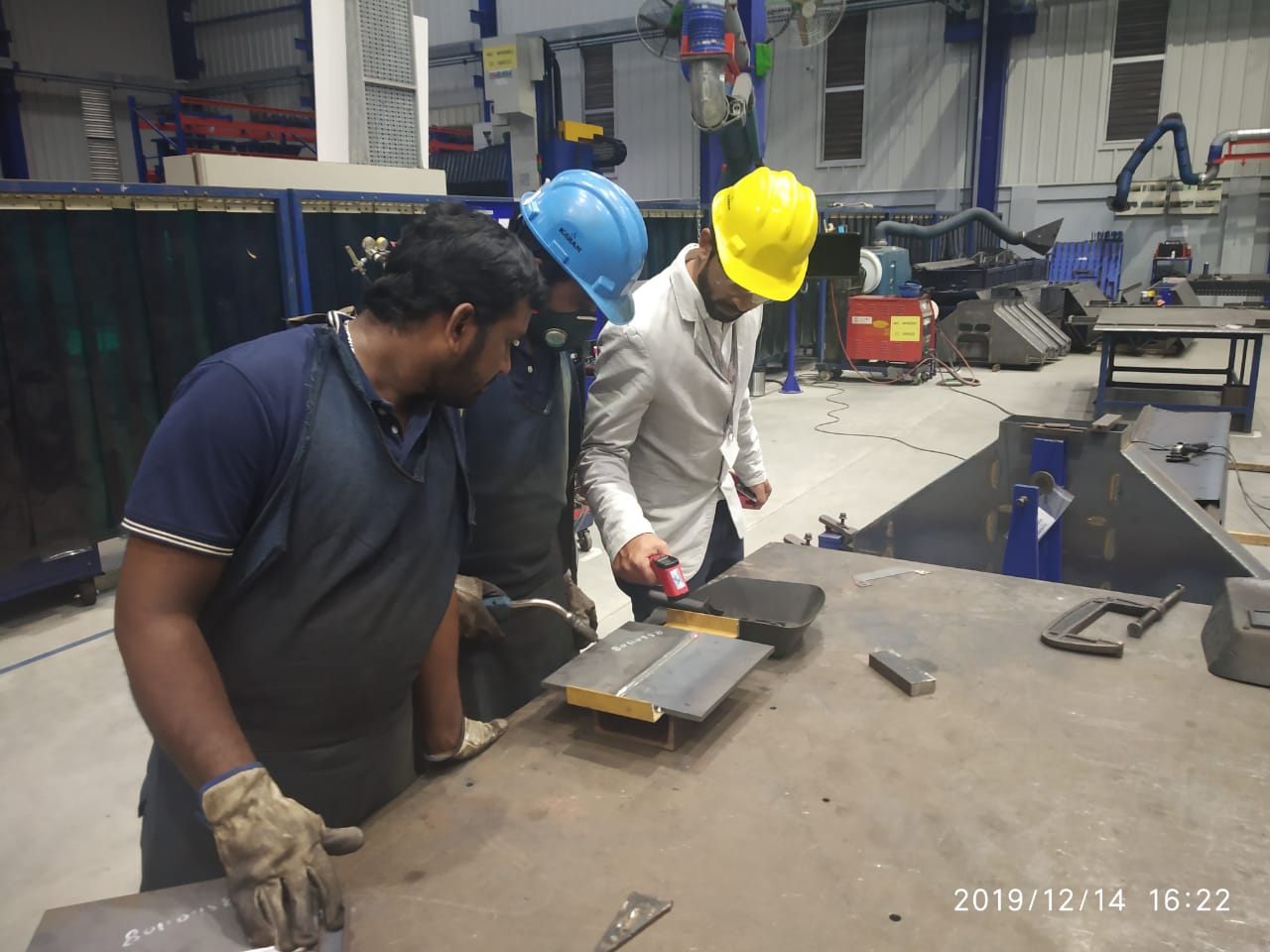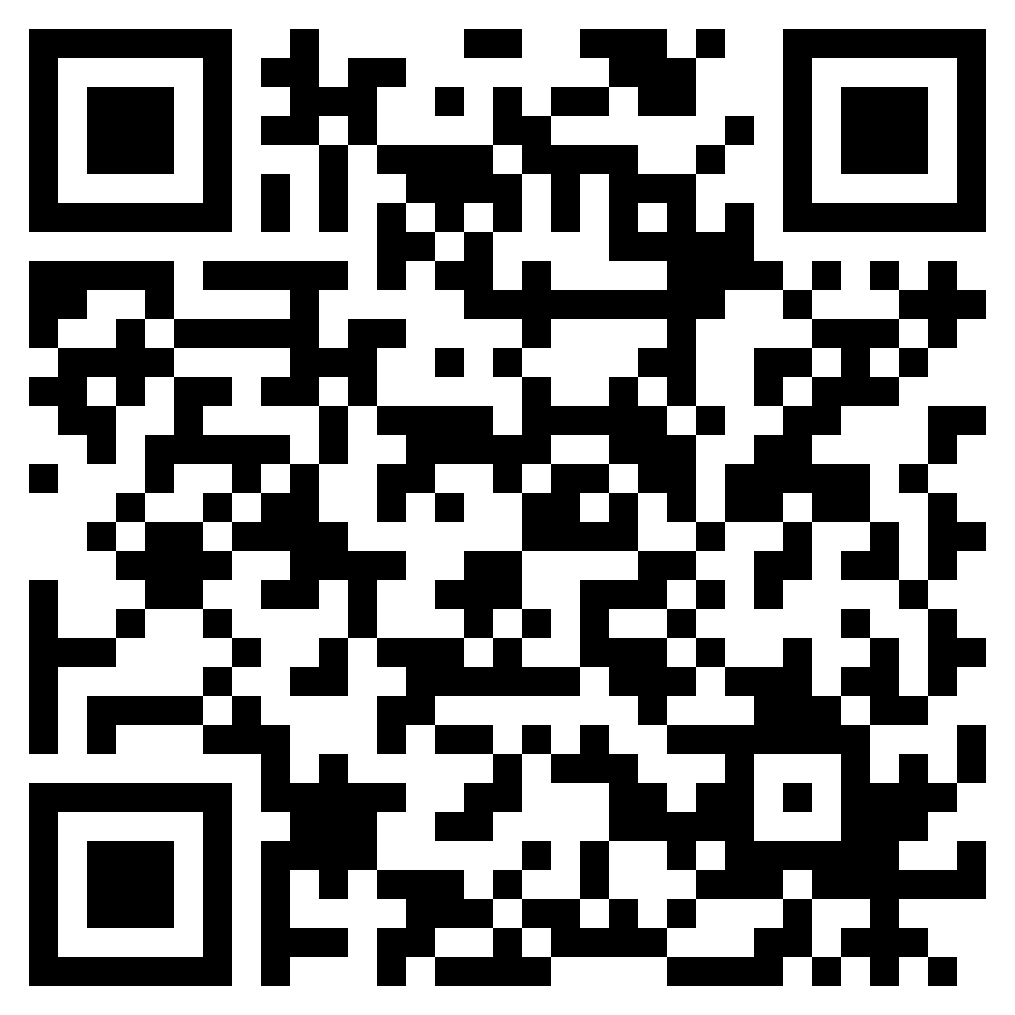How to Prepare for a Welding Inspection Milwaukee Professionals Recommend
How to Prepare for a Welding Inspection Milwaukee Professionals Recommend
Blog Article

Checking Out the Different Methods and Requirements of Welding Evaluation for Achieving Conformity and Reliability in Design Applications
The relevance of welding examination in design applications can not be overstated, as it serves as an important guard for ensuring structural stability and conformity with industry requirements. Numerous methods, including visual examination and advanced non-destructive testing methods, supply crucial insights right into the quality of welds.
Importance of Welding Inspection
Welding evaluation plays a vital role in guaranteeing the integrity and safety of bonded frameworks. This procedure includes the systematic examination of welds to validate conformity with established requirements and specifications. The value of welding examination can not be overemphasized, as it functions as a protect against possible failings that could result from poor welding techniques. With extensive evaluation, flaws such as splits, voids, and inadequate blend can be determined early, consequently protecting against tragic failures that might cause structural collapse or safety and security dangers.
Moreover, welding evaluation is vital for maintaining high quality assurance throughout the welding process. It ensures that the welds satisfy the needed mechanical and physical buildings needed for their designated applications. Normal examinations likewise foster a society of responsibility and continuous renovation within welding procedures, motivating adherence to best techniques and industry requirements.
In managed sectors such as aerospace, production, and construction, rigorous welding inspection protocols are mandated to follow lawful and safety and security requirements. Ultimately, efficient welding evaluation not just protects human life and property yet also boosts the durability and integrity of welded frameworks, making it an important element of engineering and building.

Usual Welding Evaluation Methods
A variety of inspection methods are used to examine the quality and integrity of welds, each customized to identify details kinds of flaws. Among one of the most usual techniques is visual inspection, which entails a complete assessment of the weld surface to recognize noticeable defects such as cracks, damages, and insufficient fusion. This approach is typically the first action in the assessment process as a result of its simplicity and cost-effectiveness.
An additional commonly used approach is radiographic evaluation, where X-rays or gamma rays permeate the weld to disclose internal issues. This method is particularly efficient for spotting porosity and incorporations within the weld material. Similarly, ultrasonic screening employs high-frequency acoustic waves to determine inner defects, providing an in-depth analysis of the weld's stability.
Additionally, magnetic bit examination is utilized for ferromagnetic materials, enabling the detection of surface area and near-surface issues by applying electromagnetic fields and observing bit patterns. Color penetrant testing entails using a liquid color to the weld surface, exposing splits and various other suspensions upon inspection (Welding Inspection Milwaukee). Each of these methods plays a vital function in making certain weld top quality and compliance with market standards
Non-Destructive Examining Strategies
Non-destructive screening (NDT) methods are important devices in the assessment of weld quality, enabling assessors to review the stability of bonded joints without creating damage to the materials. Numerous NDT techniques are utilized to determine potential flaws, making certain that welds fulfill the required requirements for safety and efficiency.
Among the most widespread techniques is ultrasonic testing (UT), which utilizes high-frequency audio waves to find interior flaws such as voids or fractures. Radiographic testing (RT) employs X-rays or gamma rays to generate photos of welds, exposing any kind of her latest blog discontinuities within the product. Magnetic particle screening (MT) is reliable for discovering surface area and near-surface issues in ferromagnetic products through the application of magnetic fields and contrasting bits.
Liquid penetrant testing (PT) is another commonly utilized technique that entails applying a dye to the surface of the weld, which leaks right into any kind of fractures, making them visible under ultraviolet light. Each of these techniques gives unique benefits and constraints, and the choice of an appropriate method is essential to accomplishing exact analyses of weld integrity. Inevitably, the execution of NDT methods substantially adds to the integrity and safety of engineering applications.

Regulative Standards and Conformity
In the world of welding inspection, adherence to regulative requirements and conformity is vital to make sure the security and reliability of bonded frameworks (Welding Inspection Milwaukee). Various organizations, consisting of the American Welding Culture (AWS), the American Society of Mechanical Engineers (ASME), and the International Company for Standardization (ISO), have actually developed standards that govern welding methods and assessment treatments. These requirements supply a structure for quality control, outlining the needed certifications for assessors and the techniques for assessing weld integrity
Compliance with these regulative requirements not just boosts the architectural integrity of welded assemblies but also reduces dangers connected with failings, which can have tragic effects. Inspections need to be carried out making use of specified treatments, including aesthetic, ultrasonic, and radiographic approaches, to make sure that welds meet defined standards.
Furthermore, adherence to these criteria is usually needed by legislation, especially in sectors such as building, aerospace, and manufacturing. Regular audits and accreditations are vital to maintain conformity, thereby cultivating a culture of safety and security and high quality within organizations. Inevitably, regulatory criteria and compliance function as the backbone of trusted welding evaluation techniques, guaranteeing that crafted structures fulfill both performance assumptions and safety demands.
Best Practices for Welding Assessment
While keeping compliance with regulative criteria is important, applying best methods for welding examination even more improves the safety and security and integrity of welded structures. Efficient welding examination begins with extensive preparation, which consists of understanding the certain needs of each project and guaranteeing examiners are trained in relevant methods and standards.
Using a detailed examination list helps to ensure all vital elements are examined, such as weld dimension, infiltration, and aesthetic defects. Non-destructive screening (NDT) methods, such as ultrasonic or radiographic screening, should be utilized where proper, offering an extra extensive examination of weld high quality without jeopardizing the stability of the materials.
Paperwork plays a significant role in best practices; maintaining exact documents of examinations, consisting of photos, test results, and conformity records, makes sure responsibility and helps with future assessments. a knockout post Additionally, cultivating a society of open communication between assessors and welders can bring about very early identification of possible concerns, promoting immediate rehabilitative activities.
Final Thought
In summary, the execution of extensive welding evaluation methods and adherence to developed requirements are necessary for guaranteeing compliance and dependability in engineering applications - Welding Inspection Milwaukee. Strategies such as aesthetic assessment, radiographic testing, and ultrasonic screening work as crucial devices in keeping and identifying issues high quality assurance. By cultivating a culture of liability and excellence, organizations can improve try these out the integrity and durability of bonded structures, inevitably contributing to the safety and security and efficacy of design tasks
Different approaches, including aesthetic inspection and progressed non-destructive screening methods, provide necessary understandings into the top quality of welds.Welding inspection plays a critical function in making sure the integrity and security of bonded structures.A selection of assessment techniques are used to evaluate the top quality and honesty of welds, each tailored to find details types of problems.One more extensively made use of approach is radiographic inspection, where X-rays or gamma rays permeate the weld to expose interior issues.In the world of welding inspection, adherence to regulatory requirements and compliance is vital to make certain the safety and security and integrity of bonded frameworks.
Report this page